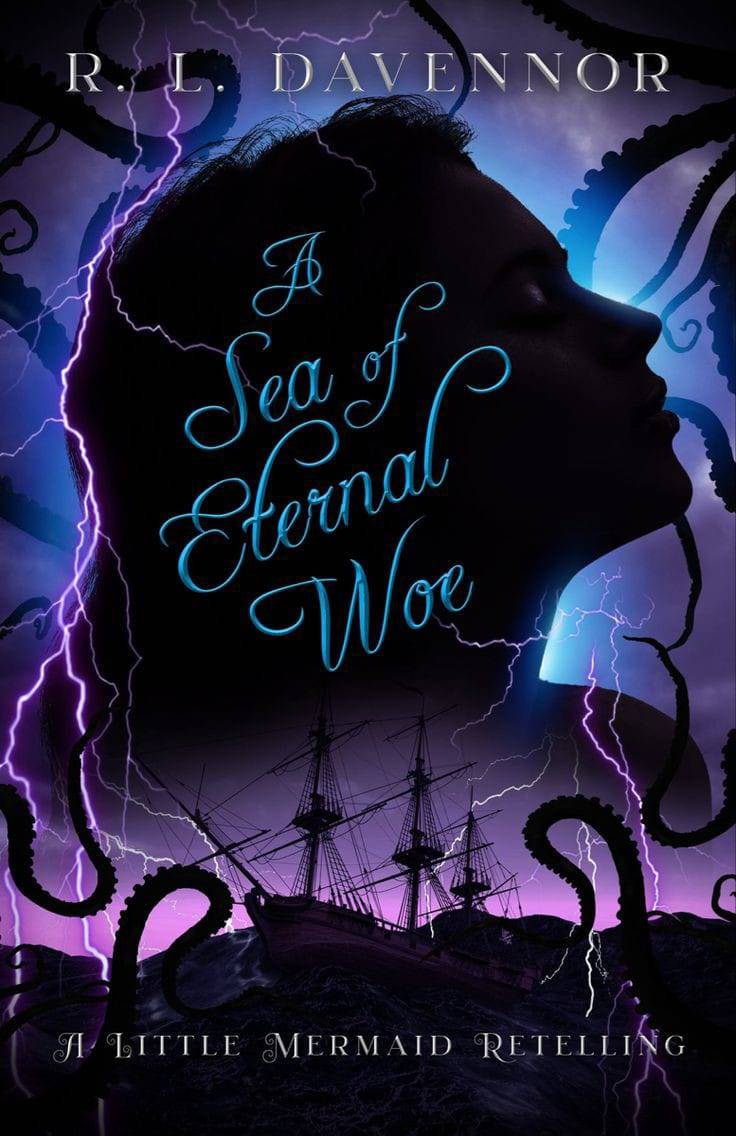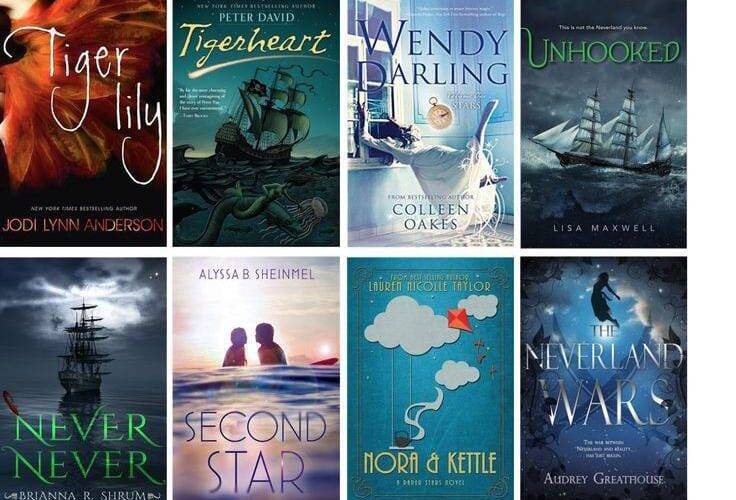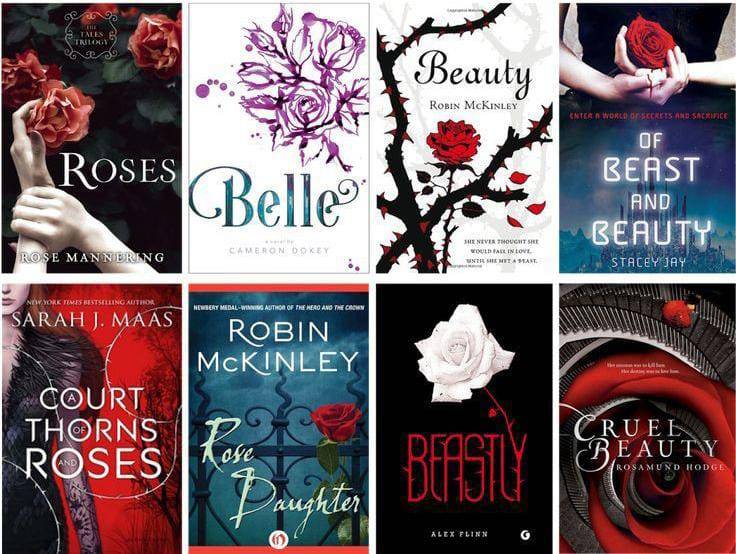When authors tackle the task of writing modern, smutty retellings of classic romance tales, they begin on a journey that takes a delicate balance of respect for the original work and the desire to fuse it with contemporary themes and sensibilities.
One of the first decisions an author must make is how to update the setting and context of the classic romance tale. This could involve transporting the story to a modern-day urban landscape, a college campus, or any other setting that resonates with new readers. By building the story in a knowing environment, the author creates a sense of family and relatability for the audience.
In modern retellings, characters are often given greater depth and complexity compared to their counterparts in the original work. This includes exploring their desires, motivations, and sexualities in more graphic detail. By delving into the inner lives of the characters, authors can create a richer narrative that resonates with readers on a deeper level.
Unlike the more restrained romance of the classics, modern retellings often include explicit scenes and sensual descriptions that leave little to the imagination. These scenes are designed to heighten the sexual tension between characters and draw readers deeper into the story. However, it’s also very important for authors to put the right balance and ensure that these scenes enhance rather than overshadow the overall narrative.
One of the hallmarks of modern smutty retellings is the exploration of taboo topics such as BDSM, polyamory, and LGBTQ+ relationships. By putting these elements into the story, authors add a layer of complexity and intrigue that sets their retelling apart from the original classic work. This allows for a more diverse and inclusive show of love and desire that reflects the realities of modern relationships.
Classic romance stories often have themes and societal norms that may feel outdated to modern readers. By reimagining these tales with a contemporary lens, authors can make them more relevant and relatable to today’s audience. This allows readers to connect with the characters and themes on a deeper level, as they reflect the realities and concerns of contemporary society.
Many classic romance tales were written in a time when women and marginalized groups had limited agency and representation in literature. By reimagining these stories from a feminist and postcolonial perspective, authors can give voice to previously marginalized characters and challenge the patriarchal and colonialist attitudes that may be present in the original work.
For readers who have felt marginalized or underrepresented in literature, seeing their identities and experiences portrayed in a positive and affirming light can be empowering and validating. Reimagined stories that feature diverse characters and relationships can help readers feel seen, heard, and valued in ways that are often lacking in mainstream media.
The reimagining of classic tales often prompts readers to engage critically with the original work and its themes. By presenting familiar stories from a new perspective, authors encourage readers to reconsider their preconceptions and assumptions, sparking conversations about gender, sexuality, power dynamics, and other relevant issues.
Of course, at its core, reading is a form of entertainment and escapism. Modern retellings of classic romance tales offer readers the opportunity to immerse themselves in familiar stories while experiencing them in fresh and exciting ways. Whether they’re drawn to the steamy romance, the intriguing characters, or the imaginative world-building, readers can find enjoyment and fulfillment in exploring these reimagined tales.
A great Cinderella retelling can captivate readers by offering a fresh take on the classic story while staying true to its timeless themes of resilience, kindness, and the transformative power of love.
Empowering Cinderella as a proactive and resilient protagonist can subvert traditional gender roles and offer a more modern interpretation of the character. Instead of passively waiting for her prince to rescue her, the retelling might depict Cinderella taking charge of her own destiny and forging her own path to happiness.
Incorporating diverse characters and perspectives can make the retelling more inclusive and reflective of the world we live in. Whether it’s portraying characters of different races, cultures, sexual orientations, or abilities, diverse representation can enrich the story and make it more relatable to a wider audience.
While retellings can offer fresh perspectives and reinvigorate classic stories, they can also have drawbacks. Some retellings may simply rehash familiar plots and characters without adding anything new or meaningful to the narrative. This can lead to a sense of déjà vu for readers and a lack of excitement or engagement with the story.
Retellings risk losing the essence and charm of the original tale, particularly if they stray too far from the source material or fail to understand what made the original story compelling in the first place. Without capturing the essence of the original, retellings may feel hollow or disconnected from the heart of the story.
A poorly executed retelling can suffer from weak writing, undeveloped characters, or inconsistent pacing, leading to a distorted and unsatisfying reading experience. This can result in readers feeling disappointed or frustrated with the retelling, especially if they had high expectations based on the original story.In some cases, the market may become oversaturated with retellings of the same story or theme, leading to tiredness among readers and a sense of diminishing returns. This can make it difficult for new retellings to stand out and find an audience, particularly if they fail to offer a fresh or unique take on the material.
Retellings run the risk of misrepresenting or appropriating cultures, identities, or experiences, particularly if they are written by authors who lack the lived experience or cultural understanding necessary to portray certain themes or characters authentically and respectfully.

A poorly executed or disrespectful retelling can tarnish the legacy of the original story and its creator, particularly if it misrepresents or distorts key elements of the source material. This can lead to backlash from fans of the original work and damage the reputation of the retelling and its creator.
Some retellings may prioritize shock value or sensationalism over substance, relying on gratuitous violence, sex, or other controversial elements to garner attention. This can lead to a superficial and exploitative approach to storytelling, where sensitive themes are exploited for shock value rather than explored in a meaningful or responsible manner. Such retellings may prioritize commercial success over artistic integrity, sacrificing depth and authenticity for the sake of sensationalism.
In some cases, retellings may be driven more by commercial considerations than creative inspiration, leading to formulaic or derivative storytelling that prioritizes marketability over originality. This can occur when retellings adhere too closely to established formulas or trends, sacrificing innovation and creativity in favor of commercial success. As a result, retellings may feel formulaic or uninspired, lacking the freshness and originality that characterize truly creative storytelling.
Fans of the original work may feel protective of the source material and resistant to retellings that diverge too far from their expectations or interpretations. This can create tension between authors and fans, particularly if retellings are portrayed as disrespectful or dismissive of the original creator’s vision. By engaging with fans in a respectful and transparent manner, authors can navigate these tensions and build a supportive and inclusive community around their retellings, fostering a deeper appreciation for both the original work and its reinterpretations.
While sexuality can be a legitimate and important aspect of storytelling, retellings that become overly sexual risk diminishing the integrity and impact of the original story.
Overly sexual retellings may prioritize physical attraction and gratification over emotional connection and character development. This can distort the dynamics between characters, reducing them to shallow stereotypes driven solely by sexual desire. As a result, the authenticity and complexity of the relationships portrayed in the original story may be lost, diminishing the reader’s investment in the characters and their journey.
Not all readers are comfortable with explicit sexual content, and overly sexual retellings may alienate audiences who prefer more subdued or implicit portrayals of intimacy. This can limit the accessibility of the retelling and exclude readers who would otherwise be interested in exploring the story from a fresh perspective. Additionally, parents and educators may be hesitant to recommend overly sexual retellings to younger readers, further narrowing the potential audience for the book.
Classic tales often contain rich thematic elements that explore universal truths about human nature, society, and the human condition. When a retelling becomes overly sexual, it may prioritize titillation over thematic depth, diluting the original story’s message and impact. This can lead to a superficial reading experience that fails to resonate with readers on a deeper level, missing out on the opportunity to engage with the timeless themes and moral lessons embedded in the original narrative.
Overly sexual retellings may be perceived as pandering to sensationalism or shock value at the expense of literary merit. This can undermine the credibility of the retelling and its author, relegating it to the realm of erotica or pulp fiction rather than serious literature. As a result, the retelling may fail to attract critical acclaim or respect from literary scholars and enthusiasts, limiting its long-term impact and cultural relevance. Retellings reinterpret familiar stories through contemporary lenses, making them relevant and relatable to modern audiences. By updating the setting, characters, or themes to reflect current issues and concerns, retellings can bridge the gap between past and present, connecting timeless narratives with contemporary realities
Retellings that honor the spirit and themes of the original story while offering fresh perspectives are more likely to appeal to older audiences who are familiar with and nostalgic for the classic tale. By retaining key elements of the original narrative while adding new layers of depth and complexity, the retelling can engage older readers who appreciate the homage to the source material.
Retellings that bridge the gap between generations by appealing to both nostalgia and novelty have the potential to attract a wider audience. By incorporating elements that appeal to older readers, such as references to the original story or nods to historical context, while also offering fresh perspectives and insights that resonate with younger readers, the retelling can create a sense of shared experience and connection across generations.
Retellings often draw on classic tales that have become part of our cultural heritage, providing a shared reference point that transcends generational or cultural boundaries. By retelling these stories with fresh perspectives and modern sensibilities, authors can create a bridge between older and younger generations, fostering intergenerational dialogue and understanding.
Some books if you want to dip your toes in retellings are
(it’s pretty smutty, so if that’s not your cup of tea, you might want to pass on this one. But if you’re okay with that and enjoy a spicy read, I think you’ll really get into it!):
Sugar Wood by Brynn Ford which is a Hansel and Gretel retelling.
Phantom by Greer Rivers which is Phantom of the Opera rehashed.
Stroke of midnight by K Webster which is a Cinderella retelling.
An offer from a gentleman by Julia Queen which is a historical romance and a Cinderella retelling.
Secret Beast by Amelia Wilde which is a beauty and the beast retelling.
Now If you’re a fan of romance novels. There are some romantic scenes there. Nothing too explicit, but I wanted to mention it in case you prefer cleaner content.
“Romeo and Juliet” by William Shakespeare has inspired numerous adaptations, including “West Side Story,” a musical set in 1950s New York City, and “Warm Bodies” by Isaac Marion, a zombie romance that parallels the story of the star-crossed lovers.
“Jane Eyre” by Charlotte Brontë has been reimagined in “Wide Sargasso Sea” by Jean Rhys,which provides a feminist side.
“Wuthering Heights” by Emily Brontë has influenced modern retellings like “The Heights” by Juliet Bell, which transports the story to 1980s Yorkshire and explores the themes of class divide and forbidden love.
“Beauty and the Beast” has inspired numerous adaptations, including “Beastly” by Alex Flinn, a contemporary retelling set in New York City, and “A Court of Thorns and Roses” by Sarah J. Maas, which blends elements of fairy tale and fantasy
In conclusion, retellings serve as powerful bridges that connect diverse audiences across generations, cultures, and perspectives. By reimagining familiar stories with fresh perspectives and modern sensibilities, retellings offer a shared cultural experience that transcends boundaries and builds dialogue, empathy, and understanding. So, whether you’re young or young at heart, grab hold of the fairy godmother’s wand and embark on a journey through the pages of retellings, where every ending is happily ever after.


